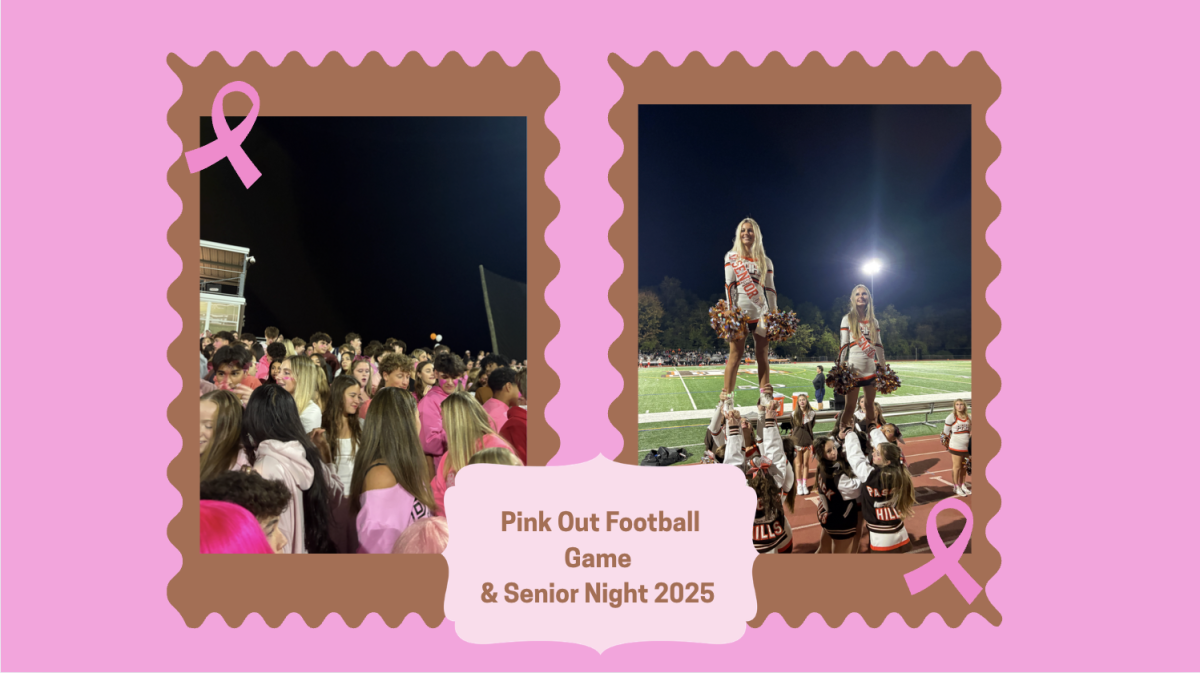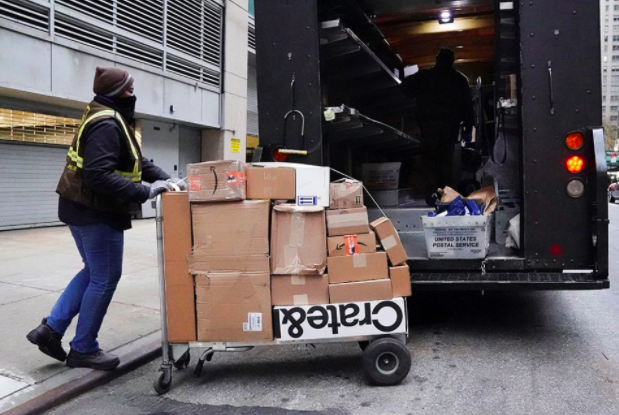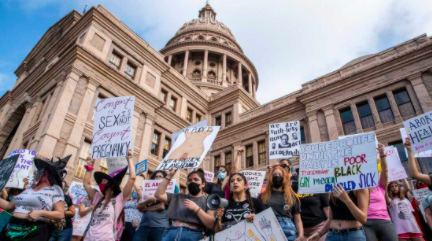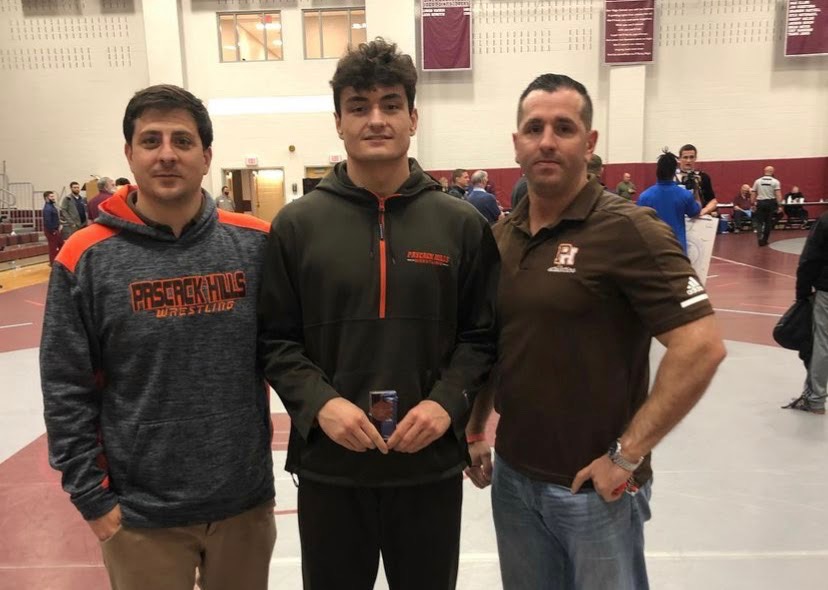On April 20, 1999, in Littleton, Colorado, Eric Harris and Dylan Klebold executed one of the most deadly school massacres the nation has seen. According to Dave Cullen, journalist and expert on the Columbine case, an unsuccessful bomb was set up in the cafeteria and expected to go off at 11:17 am, the time in which the most students would be in the cafeteria. The bomb would have killed 500 people if it had worked.
After the explosion of an outside bomb, students scrambled to leave the building and were met by fired shots. The killers wore their trench coats as they shot at students, and wore them to give the appearance that they were a part of a large group of gunmen.
With about two dozen casualties, fifteen were fatal. Twelve students did not make it out of the building alive, along with teacher Dave Sanders, and Harris and Klebold committed suicide as the SWAT team infiltrated Columbine High School.
Many students who escaped spoke immediately to the press, describing the things they saw, such as a teacher who was shot in the head or comments the killers had made about certain students.
The media took advantage of the information being sent out through the cell phones, this being the first time that a school massacre had occurred during the Age of Technology. Many students were willing to share their stories and flocked towards the media, wanting others to know their personal accounts on what had just occurred.
The New York Times published on article reporting that the gunmen targeted minorities and was anti-Semitic, part of a group dubbed the Trench Coat Mafia. CNN reported that Harris and Klebold had told all of the athletes to “stand up [and that they would] kill every one of you.” Many others spoke to the press and explained of their “anti-jock” feelings.
Articles around the nation were published describing the events, full of direct quotes of students and parents, describing the personalities of Harris and Klebold. They were made out to be outcasts and freaks, dressing in gothic clothing and spewing hatred all over the school.
The main question everyone was asking was why? The nation debated why no one saw warning signs, why it took a massacre to find journals and videotapes that revealed mental health issues.
The videotapes, dubbed by the media The Basement Tapes, were a crucial part of the investigation and profiling of the killers. A video game created by Harris showcased a basic reenactment of the shooting yet to come, incriminating evidence that, if found, could have saved fifteen lives.
Ten years later, journalist Dave Cullen completed a book on what exactly had happened on that faithful day, completely changing the nation’s perspective on the fallacies provided by the media.
In his book, Columbine, Cullen explains that those who had escaped were wrought with terror and fear, mistaking many of the things they heard and saw. Quotes attributed to Harris and Klebold were also inaccurate because most did not ever interact with them. It was a better story to tell the media they were monsters rather than simply say they did not know them.
Because they were so willing to tell the media, many of the facts provided were wrong. However, the information given to the public remains certain in most minds when asked about Columbine. Many facts are misconstrued, as seen in the interviews with random people on the street. Here’s the real deal:
Myth: Harris and Klebold were outcasts, freaks who only kept to themselves and strove to be different than everyone else.
Fact: They were both seemingly normal kids. Harris was popular and charming, and had the ability to trick his peers into thinking he was what he made himself to appear. Klebod was more quiet and love-stricken, a hopeless romantic with an angry streak. Unlike Harris, his anger was self-loathing and kept internally. Harris was profiled post-mortem as a textbook psychopath, displaying obvious syndromes. Klebold allowed his depression to be manipulated into a suicide mission by Harris.
Myth: They were out to specifically kill jocks and minorities.
Fact: They made pipe bombs and a large bomb, which was placed in the cafeteria to maximize the number of casualties, hoping it to be the worst bombing attack in U.S. history. This shows that their target was the school generally, not just a certain group of individuals.
Myth: The killers belonged to the Trench Coat Mafia, a sadistic cult of misfits whom wore trench coats.
Fact: The Trench Coat Mafia did exist, but the killers were not part of the group Harris and Klebold rarely hung out with members of the Trench Coat Mafia, and few of the members even knew them. The media blamed the obvious suspects for a massacre because they did not bother to understand the reasons for their own self-expression, and simply because the killers wore trench coats during the shooting, they appeared to be connected.
Myth: The first information to be sent out to the general public was from students in the school at the time of the shooting.
Fact: This is true, as it was at the beginning of the age of the cell phone. It was also the first time that the officials had to deal with the cell phone users giving false information to the media. This caused the misconceptions of what exactly happened at Columbine and caused all of the inaccuracies in news reports and articles around the world.
Due to the media’s intense involvement combined with the amount of false information, Columbine’s infamy continues to be known in the same context as it was reported on April 21, 1999.
Even though books and other articles have been published with corrections and the truth behind Harris and Klebold’s actions, most people have remained unaware of the real story. Specifically, Dave Cullen’s Columbine gives a full account on that day and the previous 48 hours.
Knowledge is power, and the public should take an interest in this massacre in order to learn from it and to ensure nothing of this magnitude reoccurs.














































